Sport
England vs Australia quiz: How well can you remember 2018 ODI series?
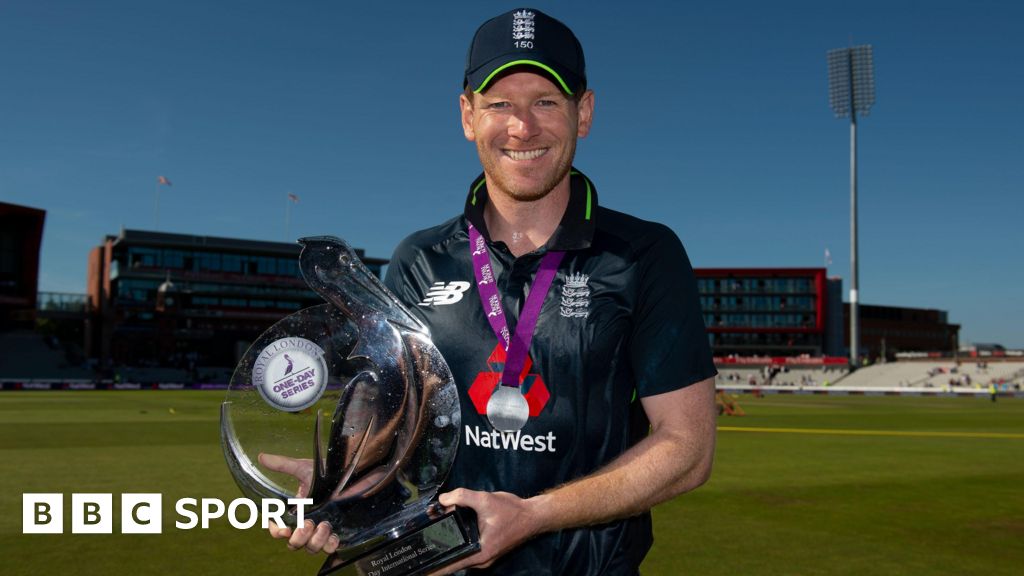
After a drawn T20 series between England and Australia, it is time for the one-day internationals.
There are five matches between 19 and 29 September – and the last time that happened between the two sides was 2018.
England won 5-0, but how well do you remember that series?
We’ve put together 10 questions, good luck!
Sport
Is shooting from outside the box a dying art in football?
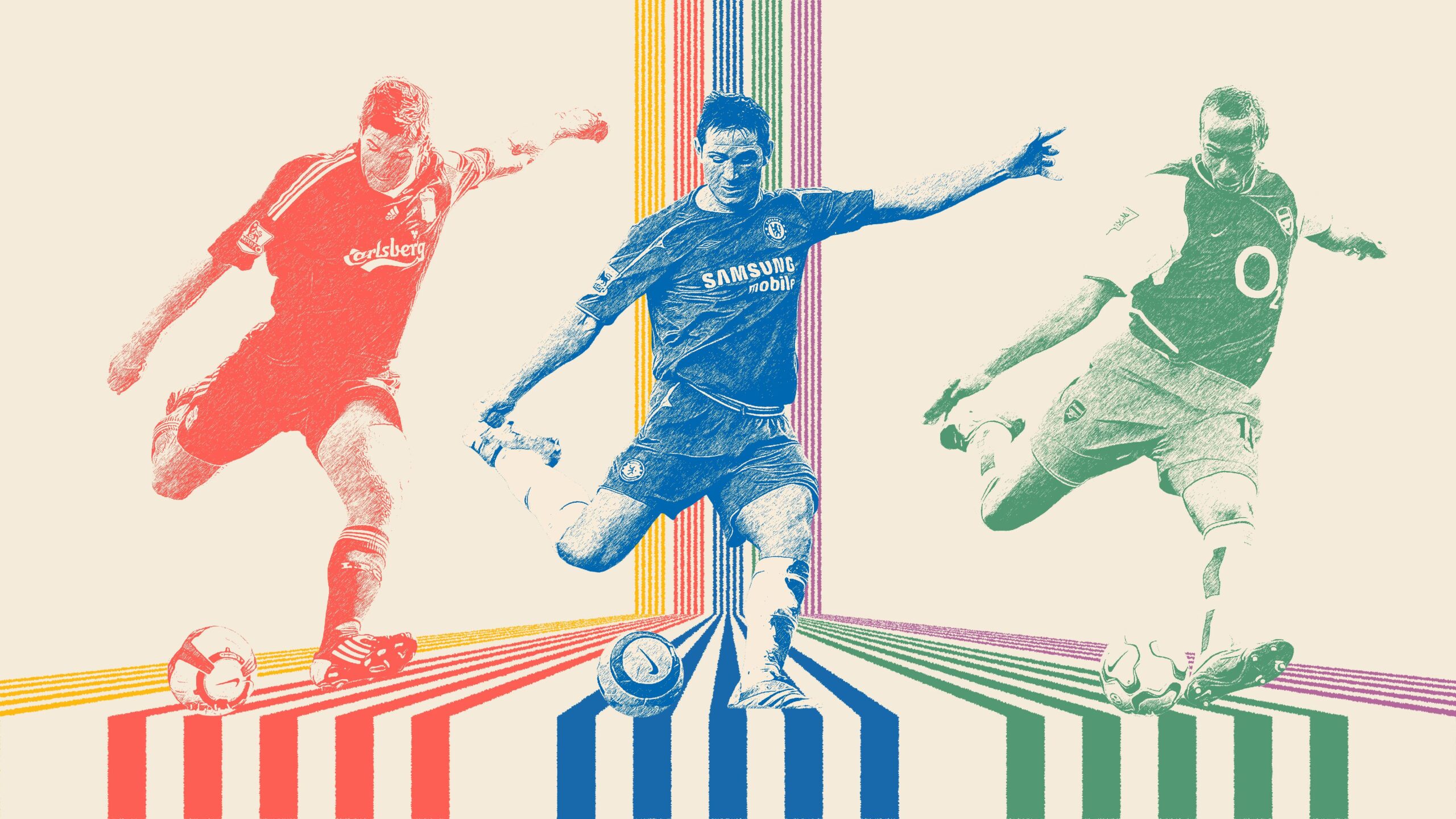
Data, tactics and small-screen fame
“I did a quick calculation,” says James Yorke, director of football at StatsBomb, one of the sport’s leading data suppliers and analytics companies.
“After about 25 yards, the expected goal value of a shot is about 0.03, so roughly one in 33 goes in. From 20 yards, that doubles, but is still only 0.06.
“Even from 12 yards – you think, ‘oh, penalty spot, that is a good chance’ – but the likelihood of scoring is still one in six.
“You have to be in the six-yard box before you are even talking about 50:50 coin flips.
“It sounds crazy – your intuition is that goals are more likely than they actually are. For any shot, everyone overestimates the likelihood of it going in.
“But there is a fundamental truth that getting closer in changes something that is highly infrequent into something that is, relatively, much more frequent.
“It doesn’t get exponentially more likely, but the curve is step.”
What Yorke is describing – an expected goals model – is one of the most basic building blocks in football analytics.
But less than a decade ago, using cold numbers to assess shooting opportunities, rather than relying on gut feeling and optimism, was revolutionary.
“Around 2012 up to 2015, expected goals models became prevalent, understood and known more widely,” says Yorke.
“You would be crazy as a coach not to incorporate what those models are telling you into what you are telling players.”
So, did data change tactics? Did coaches see in the spreadsheet that long-range goals carve themselves into our memories, but, over the season, attempting to repeat them dents their chance of victory?
There is a precedent.
In basketball, where successful long-range shots are worth three points rather than two, analytics have conversely fuelled a switch to teams taking on more attempts from distance.
But even the biggest brains in football data aren’t convinced their industry is the cause of the trend.
Speaking at the MIT Sloan Sports Analytics conference in March, Sarah Rudd – who pioneered the use of advanced statistics in football when she was brought in by Arsenal in 2012 – was asked how and why things had changed on the pitch.
“Data is forcing people to be a little more intentional in how they analyse things,” she said.
“So people now ask ‘if I shoot from outside the box what are the consequences?’”
But she also pointed out that long before mathematical models arrived the best teams tended to focus on taking higher-quality shots, closer in.
One of Rudd’s first projects at the Emirates was to assess whether, as per a common criticism of late-era Arsene Wenger, his Arsenal team were attempting to “walk it in”.
“What I found was that they were, but so were all the other good teams in the Premier League,” she said.
The numbers only confirmed the wisdom in what the best were already doing.
Alongside Rudd on the panel was Ian Graham, who, until 2023, held a similar role behind the scenes at Liverpool.
Rather than data affecting tactics, he sees the opposite: a sea-change in tactical approaches affecting the data.
“I think a decrease in shooting distance is a consequence in a change in playing style,” he said.
“Compared to 10 years ago when there was a lot of long-ball football and attempts from outside the area, teams are playing in a much more similar style to that brought in by Pep Guardiola and Jurgen Klopp.
“I think it is just a happy accident that it looks analytics related.”
High-line defences being pressed hard and fast by the opposition mean, when chances do come in today’s game, attackers have either a closer sight of goal or a clear run to it.
No longer are they feeding on knock-downs and snap-shots as deep-lying backlines keep them at arm’s length.
But Taylor’s thought process at Fratton Park in December 2006 wasn’t so complex.
As a loose ball flew up out of a contest between Nwankwo Kanu and Simon Davies, he didn’t think about high-value shots or low defensive blocks, opportunity cost or half spaces.
Instead, Taylor just noticed it sat up lovely.
Now a manager, he thinks today’s generation of players have more on their minds.
“If you sat down players from December 2006 and now, they would be two different groups of people,” he says.
“There has always been pressure internally – from your coach, team-mates and the fans in the stadium – but there is a lot more pressure externally now.
“After a match a player will shower, do their media bits, then turn their phone on and they might have 50,000 messages where they have been tagged on Twitter or Instagram.
“That is where young players – young people in general – get a lot of their information and feedback from. And all humans like praise and dislike stick.
“If you take a shot from 25 yards, it goes over and you get that criticism, the next time that chance arises you are probably going to be thinking in the back of your head, ‘if I miss again, I might get the same response’.
“Does that affect people and shape their decision-making? Of course it does, it has to.”
In November, Sky Sports’ data editor Adam Smith noticed a statistical quirk that might reinforce Taylor’s theory, that what players consume via their screens affects what they produce on the pitch.
The release of Netflix’s docuseries charting David Beckham’s career – the first episode of which zeroed in on his famous long-range goal against Wimbledon in 1996 – coincided with a four-fold increase in shots from 30 yards and beyond in the Premier League.
A few weeks later, attempts from distance seemed to fall back to their previous level.
Social media was barely born in December 2006. Podcast analysis and YouTube watch-alongs didn’t exist. Television showed fewer games and highlights were harder to find.
Social contagion spread in a more personal way.
In today’s Premier League, competing systems and processes grind a way to a result. The players are cogs in the machine.
The noughties though, was a time of alpha ball-strikers. Greatness came more often via a single act from a single actor. A bolt from the blue – or 25 yards plus – formed team’s figureheads.
The top scorers of Premier League goals from outside the box maps the era’s biggest names and rivalries: Frank Lampard of Chelsea, Steven Gerrard of Liverpool, David Beckham of Manchester United, and Thierry Henry of Arsenal.
When the ball dropped to any of them 25 yards out, was their instinct, untamed by multi-outlet criticism, to try and outshine the stars elsewhere?
While most prolific and readily associated with wonderstrikes, those names aren’t the best long-range shooters. Or, at least, not the most efficient.
Since Stats Perform started collecting the data in 2003-04, the most successful player in converting outside-of-the-box shots into goals in the Premier League is Matheus Pereira, the Brazilian who spent two seasons with West Brom between 2019 and 2021 before heading to Saudi Arabia.
Interestingly, Manchester City – known for their highly structured, intricate attack aimed at getting round the back of defences – are well represented among the most efficient long-range artists, with Bernardo Silva, Phil Foden and Sergio Aguero all in the top five.
The whole list skews more recent, suggesting current players are more picky about their chances from distance, shooting less frequently, but more successfully.
There is a silent partner in every screamer of course.
A glut of long-range goals in this summer’s European Championship turned attention on the ball, with suggestions that something about Adidas’ creation – which contained sugar cane and wood pulp – favoured strikers more than goalkeepers.
At the 2010 World Cup an above-average number of long-range goals coincided with goalkeepers claiming Adidas’ Jabulani ball had an unpredictable trajectory.
The 2006-07 and 2007-08 seasons – the two campaigns in Premier League history with the highest share of long-range goals – were both played with the Nike Total 90 Aerow II.
It was the first time that Nike had stopped mentioning the ball being “faster” in their promotional material, believing the quality had to be “inherent”. Perhaps they should have done.
MMA
UFC 213: What time is Nunes vs Shevchenko 2, what TV channel is it on and who else is fighting?
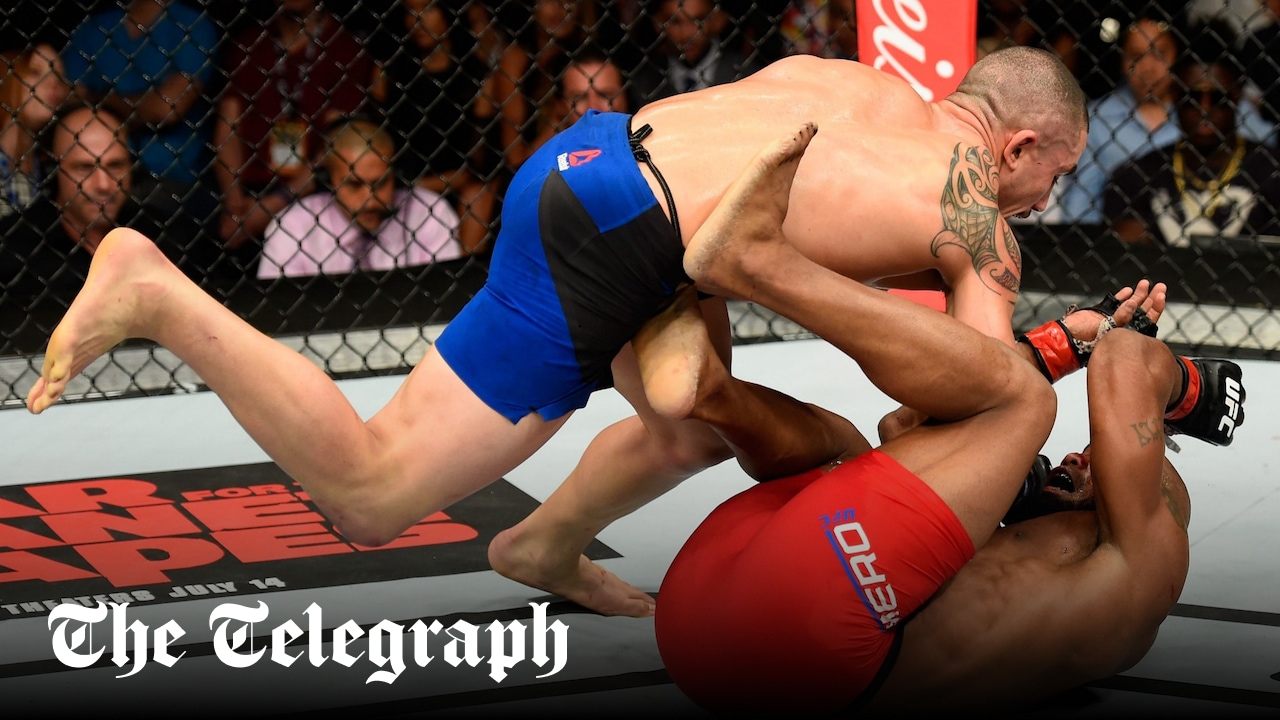

<![CDATA[
It’s UFC 213 from Las Vegas, with Amanda Nunes vs Valentina Shevchenko 2 the headline fight.
]]>
Sport
Solheim Cup: How a revolutionary club sparked a golf revolution
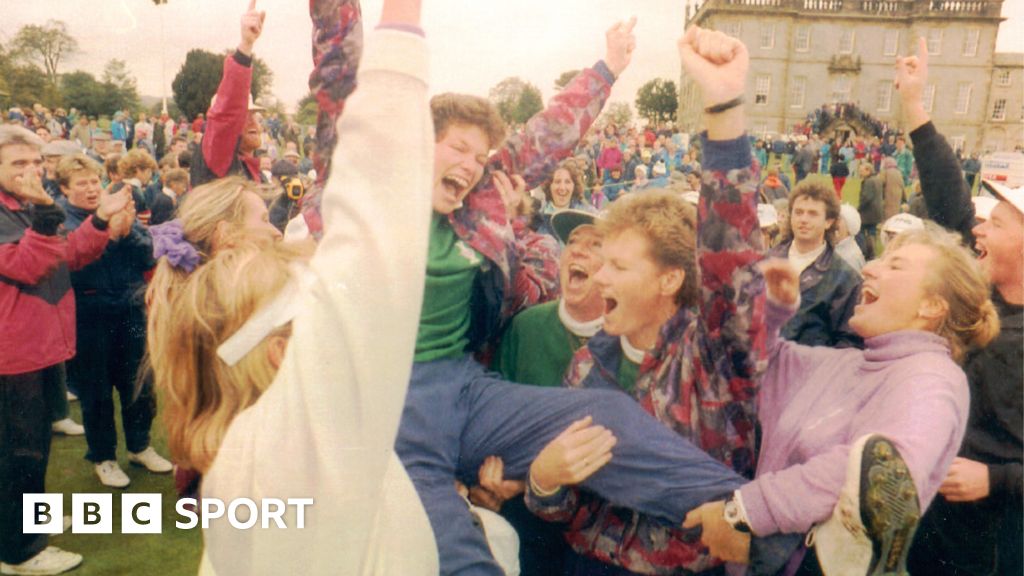
Six of the 10 players in that 1992 American team would go on to be inducted into the World Golf Hall of Fame – Betsy King, Beth Daniel, Patty Sheehan, Pat Bradley, Juli Inkster and Meg Mallon. Their players boasted 21 major titles between them, to just two on the European side – Laura Davies and Liselotte Neumann.
The US were red-and-white-hot favourites.
But they lost captain Kathy Whitworth, winner of an LPGA record 88 tournaments, who returned home on the day they arrived at Dalmahoy, following the death of her mother.
Whitworth had been inspirational in leading the US team to the first victory at Lake Nona, Florida in 1990 by pairing “personalities rather than anything directly related to golf”, according to Dottie Mochrie (formerly Pepper).
And then major winner Daniel stirred the pot, while talking to a US golf magazine. “You could put any one of us on the European side and make it better, but the only Europeans who could help us are Laura Davies and Liselotte Neumann,” she was reported as saying.
Sporting history is littered with such statements that only serve to fuel the underdogs, and while Daniel disputes she made those comments, Walker recalls it differently: “She said it.
“And, of course, what she said was absolutely right, but when somebody tells you you can’t do something, or that they’re better than you, you think ‘I’ll show you’.
“It wasn’t nice for us to hear and it made us want to beat them even more.”
Daniel was made to chew over her words on the first morning.
England’s Davies had won just one of her four major titles by 1992, but was well on her way to becoming one of the best in the world. She won all three of her matches at Dalmahoy, including the opening foursomes where she teamed up with Alison Nicholas to beat Betsy King – and Daniel, of course.
Davies and Nicholas then defeated Sheehan and Inkster on day two as Europe opened a one-point lead to take into Sunday’s singles. Davies again led the team out, winning the top match against Brandie Burton to set the platform as Europe dominated the final day 7-3 for the unlikeliest 11½-6½ triumph.
“It was Laura’s best performance playing for Europe – she was unbeatable and just brilliant, a natural leader,” remembers Walker.
The weather also played its part.
“It was October in Scotland and horrendous,” says Walker.
“It was wet, it rained, the course was waterlogged and if it had been a regular tournament we wouldn’t have played.
“It was miserable, but we were used to those conditions. The Americans absolutely hated it. They didn’t really do horrendous conditions and that played into our favour.”
In fact, it took until Loch Lomond in 2000, again in typical autumnal Scottish weather, for the Europeans to triumph for a second time.
MMA
The best 20 UFC knockouts
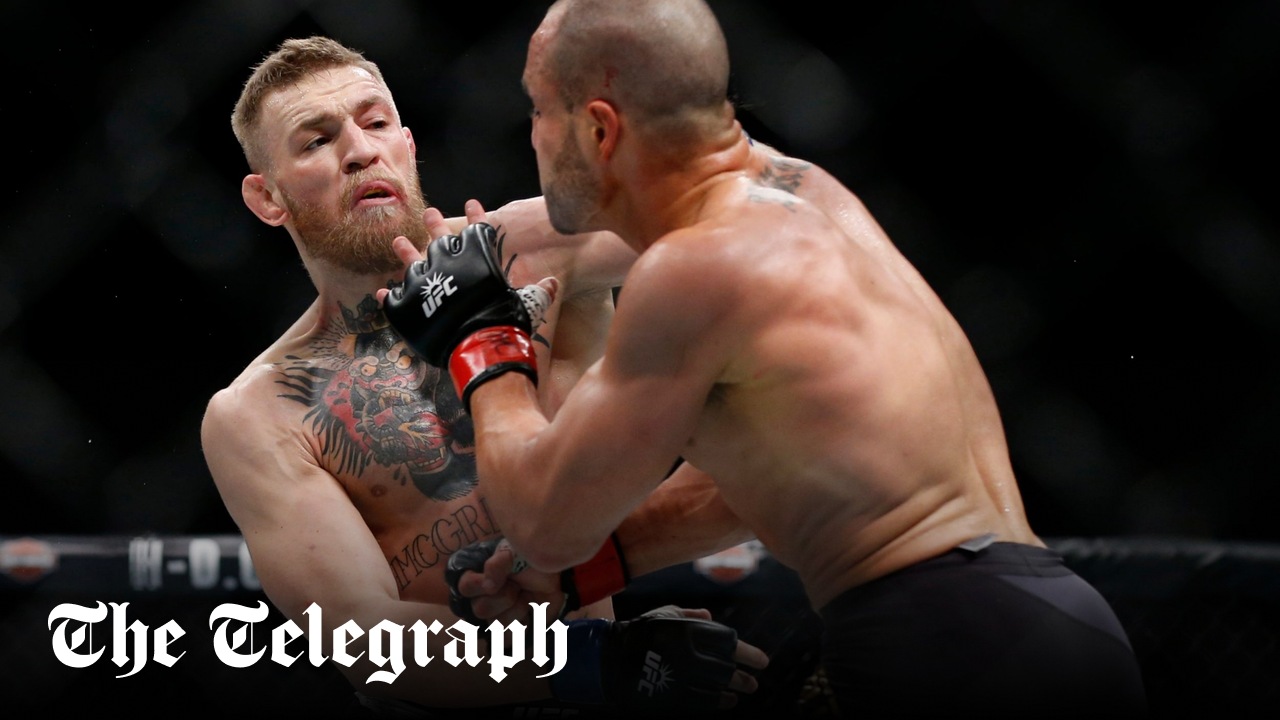

Mixed Martial Arts is not for the faint-hearted, irrespective of whether you are fighting or watching.
Any UFC fighter worth their salt has been on the receiving end of a hefty blow or two – even Conor McGregor.
But what are the best-known knockouts? And who delivered them?
Here’s the top 20 in UFC history – decided by UFC itself.
Warning: the following video contains scenes viewers may find disturbing:
Sport
Commonwealth Games 2026: Will Glasgow be the final host?
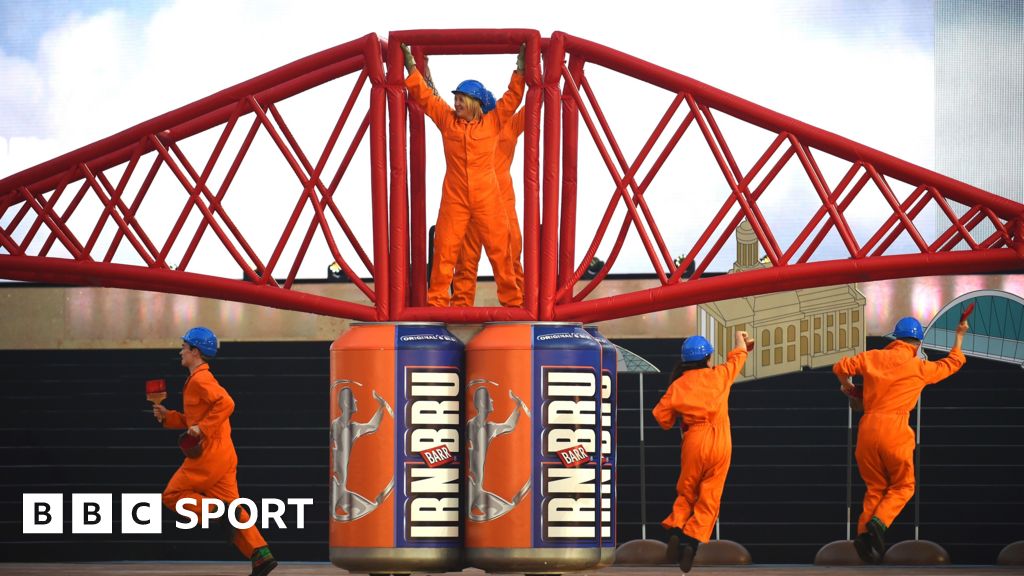
So, why does Glasgow think it is an event still worth having?
Firstly, they believe the numbers add up. Glasgow’s calculations are that a combination of CGF funds, a financial sweetener from Victoria and private investment will avoid the use of any UK public money.
The 2026 Games programme will also be slimmed down to lighten the load on the bottom line.
The plan is to stage as few as 10 sports, compared to the 18-strong schedule in 2014, and to use existing venues rather than build from scratch.
The way Birmingham projected a feel-good face onto England’s second city shows the success the Games can be.
However, the city’s subsequent financial struggles, with its council effectively declaring bankruptcy in September 2023, also underlines the stakes involved.
Clare Hartley is the co-founder of Arc Event Consultancy and has worked with multi-sport event organisers, including Manchester 2006 and Birmingham 2022, for nearly 25 years,
“It is just very hard to put these multi-sport events on,” she says.
“They are very expensive, they require a lot of different venues and logistically they are very challenging.
“Multi-sport events are huge projects that take up so much money and time and more countries and cities are weighing up more carefully whether it is worth hosting them.”
The sporting calendar is far busier than it was in 1930, when the first Commonwealth Games took place, offering star athletes lucrative alternatives but also giving potential hosts the chance to put on events that better suit local tastes and budgets.
The Commonwealth Games – which has necessary infrastructure and a variety of venues comparable to an Olympics, without the bumper broadcasting receipts or global sponsorship deals to offset them – will always be a tricky proposition.
“You look at Singapore,” says Hartley.
“It is a sporting nation, part of the Commonwealth, a prosperous nation, and they are hosting the World Aquatics Championships next year, rather than bidding for the Commonwealths.
“There are so many sporting opportunities out there, nations can pick and choose a little bit and the Commonwealth Games has not been of as much interest.”
MMA
What is UFC, what is MMA and what are the rules?
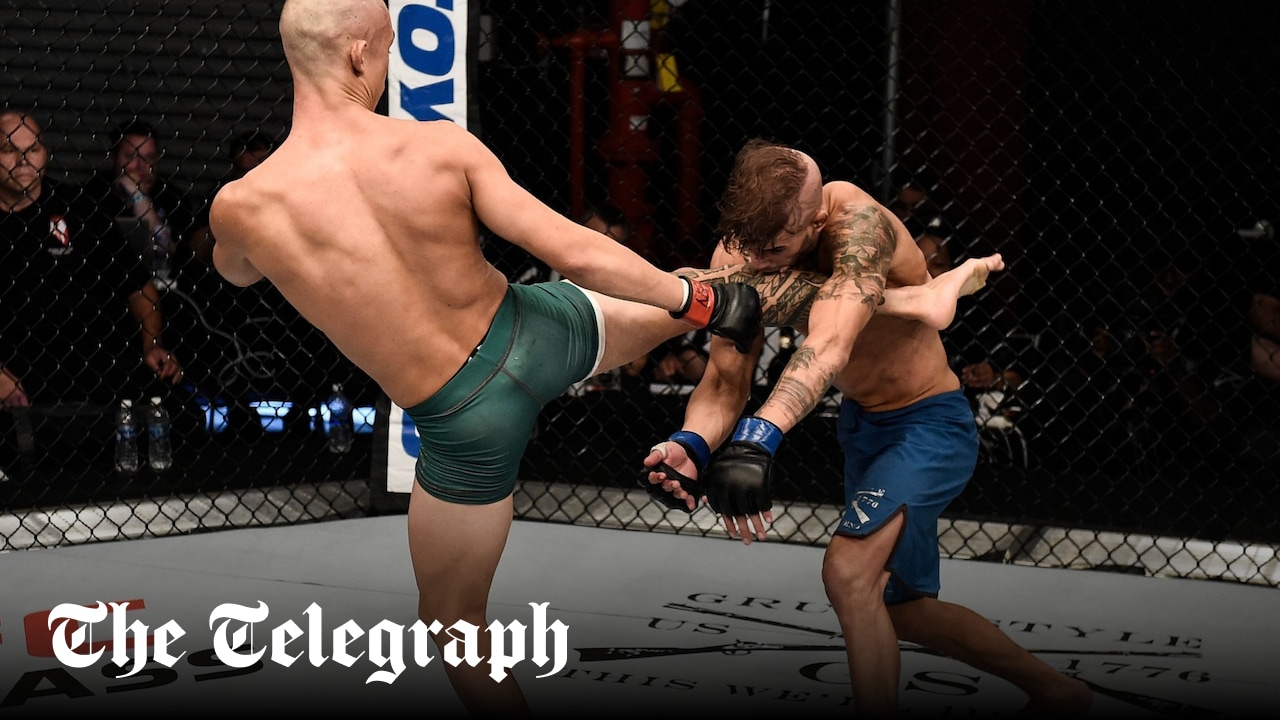

The Ultimate Fighting Championship, also known as UFC, has become one of the fastest-growing sports in the US and in the last few years increasingly caught the attention of fight fans in the UK, too.
But what is it, how was it formed and what are the rules?
Here’s our guide on what you need to know.
What is UFC?
The Ultimate Fighting Championship is a mixed-martial arts promotion in which a series of fights take place around the world, also known as fight nights. It calls itself the “premier organisation in MMA”.
Mixed martial arts, of course, is nothing new dating back more than 5,000 years.
But UFC brings together some of the world’s best mixed martial artists, fighting each other at different weights with a main event taking place once a month. There are more than 40 events each year.
-

 Sport11 hours ago
Sport11 hours agoJoshua vs Dubois: Chris Eubank Jr says ‘AJ’ could beat Tyson Fury and any other heavyweight in the world
-

 News1 day ago
News1 day agoYou’re a Hypocrite, And So Am I
-

 News12 hours ago
News12 hours agoIsrael strikes Lebanese targets as Hizbollah chief warns of ‘red lines’ crossed
-

 Sport11 hours ago
Sport11 hours agoUFC Edmonton fight card revealed, including Brandon Moreno vs. Amir Albazi headliner
-

 Technology9 hours ago
Technology9 hours agoiPhone 15 Pro Max Camera Review: Depth and Reach
-

 Science & Environment14 hours ago
Science & Environment14 hours agoHow one theory ties together everything we know about the universe
-

 Science & Environment22 hours ago
Science & Environment22 hours agoSunlight-trapping device can generate temperatures over 1000°C
-

 News9 hours ago
News9 hours agoBrian Tyree Henry on voicing young Megatron, his love for villain roles
-

 Science & Environment1 day ago
Science & Environment1 day agoQuantum time travel: The experiment to ‘send a particle into the past’
-

 CryptoCurrency11 hours ago
CryptoCurrency11 hours ago2 auditors miss $27M Penpie flaw, Pythia’s ‘claim rewards’ bug: Crypto-Sec
-

 CryptoCurrency11 hours ago
CryptoCurrency11 hours agoBitcoin miners steamrolled after electricity thefts, exchange ‘closure’ scam: Asia Express
-

 CryptoCurrency11 hours ago
CryptoCurrency11 hours agoCardano founder to meet Argentina president Javier Milei
-

 CryptoCurrency11 hours ago
CryptoCurrency11 hours agoDorsey’s ‘marketplace of algorithms’ could fix social media… so why hasn’t it?
-

 CryptoCurrency11 hours ago
CryptoCurrency11 hours agoLow users, sex predators kill Korean metaverses, 3AC sues Terra: Asia Express
-
Business10 hours ago
How Labour donor’s largesse tarnished government’s squeaky clean image
-

 Science & Environment14 hours ago
Science & Environment14 hours ago‘Running of the bulls’ festival crowds move like charged particles
-
News11 hours ago
Freed Between the Lines: Banned Books Week
-

 CryptoCurrency10 hours ago
CryptoCurrency10 hours agoEthereum is a 'contrarian bet' into 2025, says Bitwise exec
-

 Science & Environment14 hours ago
Science & Environment14 hours agoRethinking space and time could let us do away with dark matter
-

 Science & Environment11 hours ago
Science & Environment11 hours agoWe may have spotted a parallel universe going backwards in time
-

 CryptoCurrency11 hours ago
CryptoCurrency11 hours agoArthur Hayes’ ‘sub $50K’ Bitcoin call, Mt. Gox CEO’s new exchange, and more: Hodler’s Digest, Sept. 1 – 7
-

 CryptoCurrency11 hours ago
CryptoCurrency11 hours agoTreason in Taiwan paid in Tether, East’s crypto exchange resurgence: Asia Express
-

 CryptoCurrency11 hours ago
CryptoCurrency11 hours agoLeaked Chainalysis video suggests Monero transactions may be traceable
-

 CryptoCurrency11 hours ago
CryptoCurrency11 hours agoJourneys: Robby Yung on Animoca’s Web3 investments, TON and the Mocaverse
-

 CryptoCurrency11 hours ago
CryptoCurrency11 hours agoLouisiana takes first crypto payment over Bitcoin Lightning
-

 CryptoCurrency11 hours ago
CryptoCurrency11 hours agoAre there ‘too many’ blockchains for gaming? Sui’s randomness feature: Web3 Gamer
-

 CryptoCurrency11 hours ago
CryptoCurrency11 hours agoCrypto whales like Humpy are gaming DAO votes — but there are solutions
-

 CryptoCurrency11 hours ago
CryptoCurrency11 hours agoHelp! My parents are addicted to Pi Network crypto tapper
-

 CryptoCurrency11 hours ago
CryptoCurrency11 hours ago$12.1M fraud suspect with ‘new face’ arrested, crypto scam boiler rooms busted: Asia Express
-

 CryptoCurrency11 hours ago
CryptoCurrency11 hours ago‘Everything feels like it’s going to shit’: Peter McCormack reveals new podcast
-

 Science & Environment14 hours ago
Science & Environment14 hours agoFuture of fusion: How the UK’s JET reactor paved the way for ITER
-

 CryptoCurrency11 hours ago
CryptoCurrency11 hours agoSEC sues ‘fake’ crypto exchanges in first action on pig butchering scams
-

 CryptoCurrency11 hours ago
CryptoCurrency11 hours agoFed rate cut may be politically motivated, will increase inflation: Arthur Hayes
-

 CryptoCurrency11 hours ago
CryptoCurrency11 hours agoDecentraland X account hacked, phishing scam targets MANA airdrop
-

 CryptoCurrency11 hours ago
CryptoCurrency11 hours agoCZ and Binance face new lawsuit, RFK Jr suspends campaign, and more: Hodler’s Digest Aug. 18 – 24
-

 CryptoCurrency11 hours ago
CryptoCurrency11 hours agoCertiK Ventures discloses $45M investment plan to boost Web3
-

 CryptoCurrency11 hours ago
CryptoCurrency11 hours agoMemecoins not the ‘right move’ for celebs, but DApps might be — Skale Labs CMO
-

 CryptoCurrency11 hours ago
CryptoCurrency11 hours agoTelegram bot Banana Gun’s users drained of over $1.9M
-

 CryptoCurrency11 hours ago
CryptoCurrency11 hours agoDZ Bank partners with Boerse Stuttgart for crypto trading
-

 CryptoCurrency11 hours ago
CryptoCurrency11 hours agoRedStone integrates first oracle price feeds on TON blockchain
-

 CryptoCurrency11 hours ago
CryptoCurrency11 hours agoBitcoin bulls target $64K BTC price hurdle as US stocks eye new record
-

 CryptoCurrency11 hours ago
CryptoCurrency11 hours agoSEC asks court for four months to produce documents for Coinbase
-

 CryptoCurrency11 hours ago
CryptoCurrency11 hours ago‘No matter how bad it gets, there’s a lot going on with NFTs’: 24 Hours of Art, NFT Creator
-

 CryptoCurrency10 hours ago
CryptoCurrency10 hours agoBlockdaemon mulls 2026 IPO: Report
-
Business10 hours ago
Thames Water seeks extension on debt terms to avoid renationalisation
-

 Politics10 hours ago
Politics10 hours agoI’m in control, says Keir Starmer after Sue Gray pay leaks
-
Politics10 hours ago
‘Appalling’ rows over Sue Gray must stop, senior ministers say | Sue Gray
-
Business9 hours ago
UK hospitals with potentially dangerous concrete to be redeveloped
-
Business9 hours ago
Axel Springer top team close to making eight times their money in KKR deal
-

 News9 hours ago
News9 hours ago“Beast Games” contestants sue MrBeast’s production company over “chronic mistreatment”
-

 News9 hours ago
News9 hours agoSean “Diddy” Combs denied bail again in federal sex trafficking case
-

 News9 hours ago
News9 hours agoSean “Diddy” Combs denied bail again in federal sex trafficking case in New York
-

 News9 hours ago
News9 hours agoBrian Tyree Henry on his love for playing villains ahead of “Transformers One” release
-

 News9 hours ago
News9 hours agoBrian Tyree Henry on voicing young Megatron, his love for villain roles
-

 CryptoCurrency9 hours ago
CryptoCurrency9 hours agoCoinbase’s cbBTC surges to third-largest wrapped BTC token in just one week
-

 Technology3 days ago
Technology3 days agoYouTube restricts teenager access to fitness videos
-

 News13 hours ago
News13 hours agoChurch same-sex split affecting bishop appointments
-

 Politics2 days ago
Politics2 days agoTrump says he will meet with Indian Prime Minister Narendra Modi next week
-

 Politics1 day ago
Politics1 day agoWhat is the House of Lords, how does it work and how is it changing?
-

 Politics1 day ago
Politics1 day agoKeir Starmer facing flashpoints with the trade unions
-

 Health & fitness2 days ago
Health & fitness2 days agoWhy you should take a cheat day from your diet, and how many calories to eat
-

 Technology12 hours ago
Technology12 hours agoFivetran targets data security by adding Hybrid Deployment
-

 Science & Environment1 day ago
Science & Environment1 day agoElon Musk’s SpaceX contracted to destroy retired space station
-

 MMA10 hours ago
MMA10 hours agoUFC’s Cory Sandhagen says Deiveson Figueiredo turned down fight offer
-

 MMA10 hours ago
MMA10 hours agoDiego Lopes declines Movsar Evloev’s request to step in at UFC 307
-

 Football10 hours ago
Football10 hours agoNiamh Charles: Chelsea defender has successful shoulder surgery
-

 Football10 hours ago
Football10 hours agoSlot's midfield tweak key to Liverpool victory in Milan
-

 Science & Environment14 hours ago
Science & Environment14 hours agoHyperelastic gel is one of the stretchiest materials known to science
-

 Science & Environment14 hours ago
Science & Environment14 hours agoHow to wrap your head around the most mind-bending theories of reality
-

 Technology2 days ago
Technology2 days agoCan technology fix the ‘broken’ concert ticketing system?
-

 Fashion Models10 hours ago
Fashion Models10 hours agoMiranda Kerr nude
-

 Fashion Models10 hours ago
Fashion Models10 hours ago“Playmate of the Year” magazine covers of Playboy from 1971–1980
-

 Science & Environment18 hours ago
Science & Environment18 hours agoA new kind of experiment at the Large Hadron Collider could unravel quantum reality
-
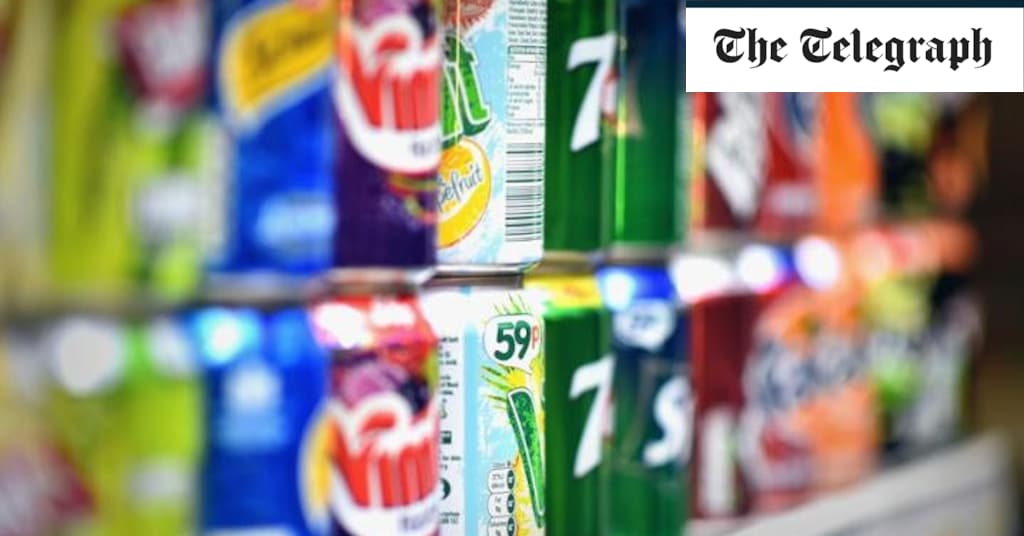
 Health & fitness2 days ago
Health & fitness2 days ago11 reasons why you should stop your fizzy drink habit in 2022
-

 Politics9 hours ago
Politics9 hours agoLabour MP urges UK government to nationalise Grangemouth refinery
-

 Science & Environment17 hours ago
Science & Environment17 hours agoHow Peter Higgs revealed the forces that hold the universe together
-
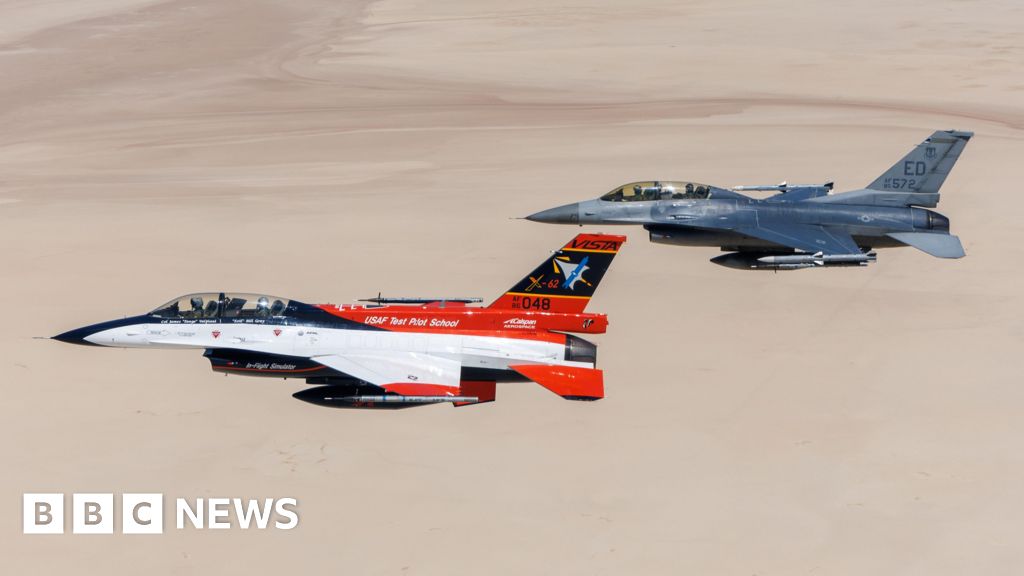
 Technology2 days ago
Technology2 days agoWhat will future aerial dogfights look like?
-

 Science & Environment12 hours ago
Science & Environment12 hours agoOdd quantum property may let us chill things closer to absolute zero
-

 Science & Environment19 hours ago
Science & Environment19 hours agoQuantum forces used to automatically assemble tiny device
-

 Entertainment9 hours ago
Entertainment9 hours ago“Jimmy Carter 100” concert celebrates former president’s 100th birthday
-

 CryptoCurrency11 hours ago
CryptoCurrency11 hours agoSEC settles with Rari Capital over DeFi pools, unregistered broker activity
-

 News9 hours ago
News9 hours agoJoe Posnanski revisits iconic football moments in new book, “Why We Love Football”
-

 Health & fitness2 days ago
Health & fitness2 days agoHow to adopt mindful drinking in 2022
-
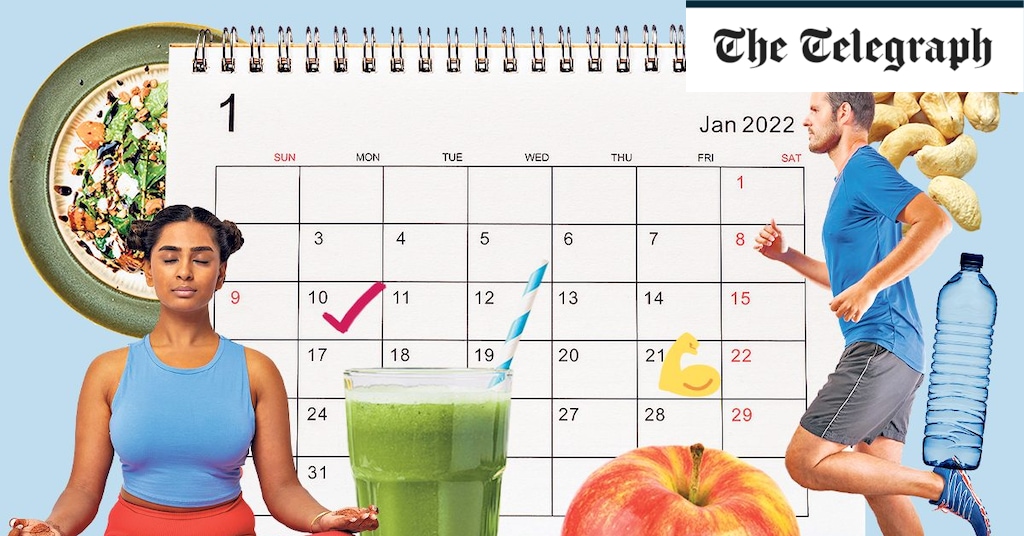
 Health & fitness2 days ago
Health & fitness2 days agoWhat 10 days of a clean eating plan actually does to your body and why to adopt this diet in 2022
-

 Health & fitness2 days ago
Health & fitness2 days agoWhen Britons need GoFundMe to pay for surgery, it’s clear the NHS backlog is a political time bomb
-

 Health & fitness2 days ago
Health & fitness2 days agoThe maps that could hold the secret to curing cancer
-
Health & fitness2 days ago
Covid v flu v cold and how to tell the difference between symptoms this winter
-
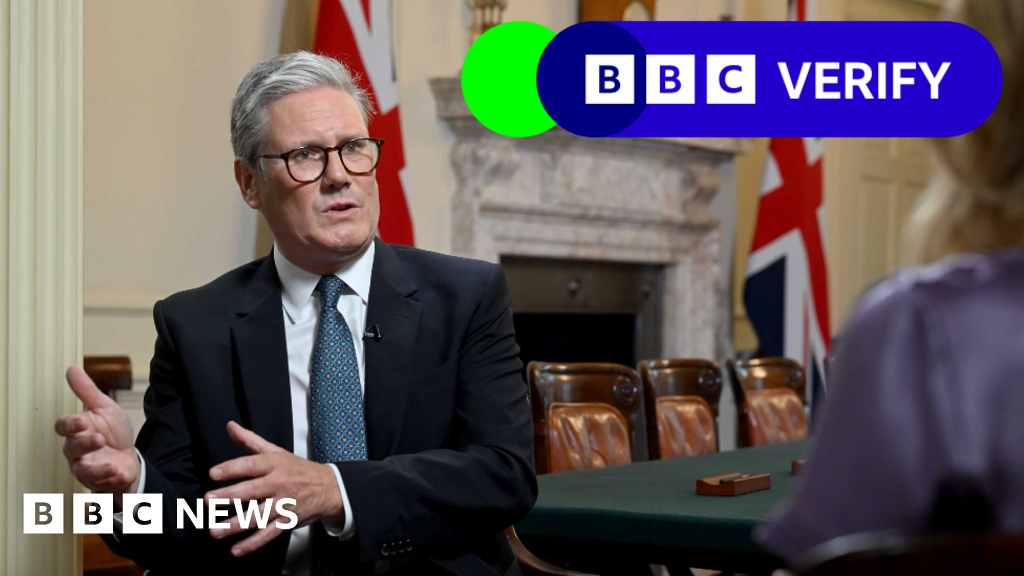
 Politics1 day ago
Politics1 day agoWill pension increase make up for loss of winter fuel payments?
-

 Science & Environment24 hours ago
Science & Environment24 hours agoQuantum to cosmos: Why scale is vital to our understanding of reality
-
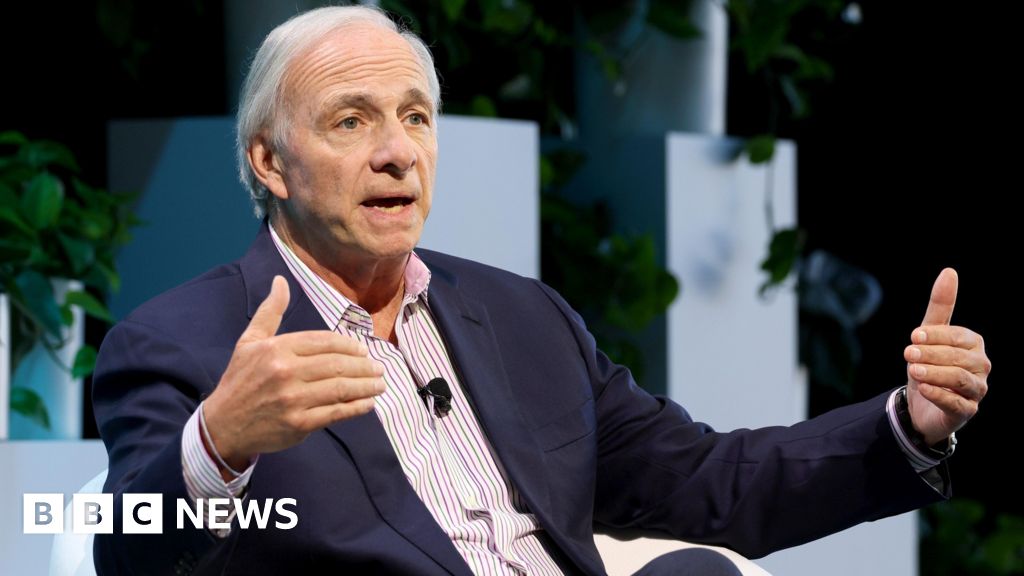
 Business2 days ago
Business2 days agoBillionaire investor Ray Dalio warns of threat to democracy
-

 Science & Environment1 day ago
Science & Environment1 day agoHow to wrap your mind around the real multiverse
-

 Technology3 days ago
Technology3 days agoTrump says Musk could head ‘government efficiency’ force
-
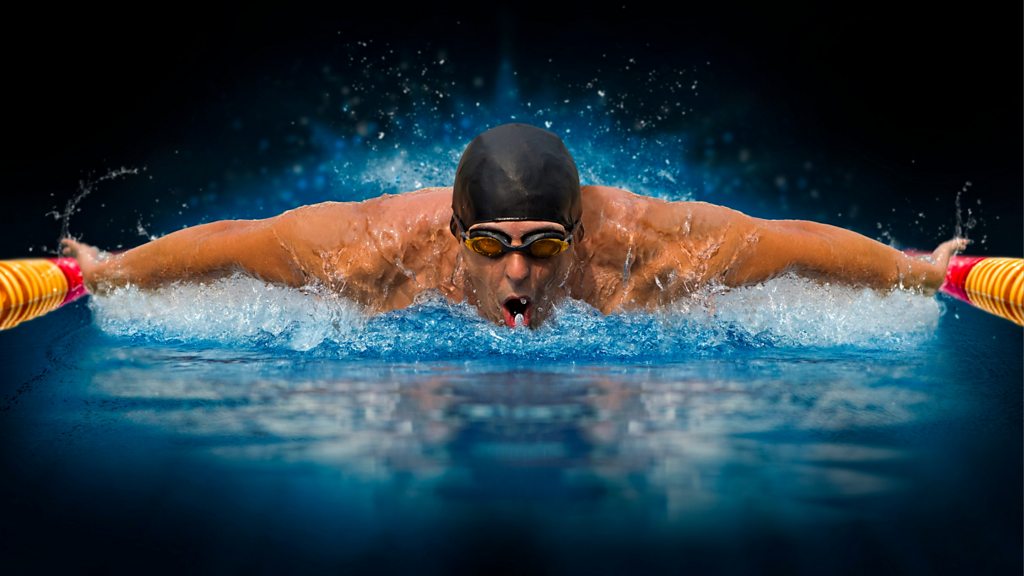
 Technology2 days ago
Technology2 days agoTech Life: Athletes using technology to improve performance
-

 Science & Environment2 days ago
Science & Environment2 days agoParticle physicists may have solved a strange mystery about the muon
-

 Science & Environment1 day ago
Science & Environment1 day agoTime may be an illusion created by quantum entanglement
-
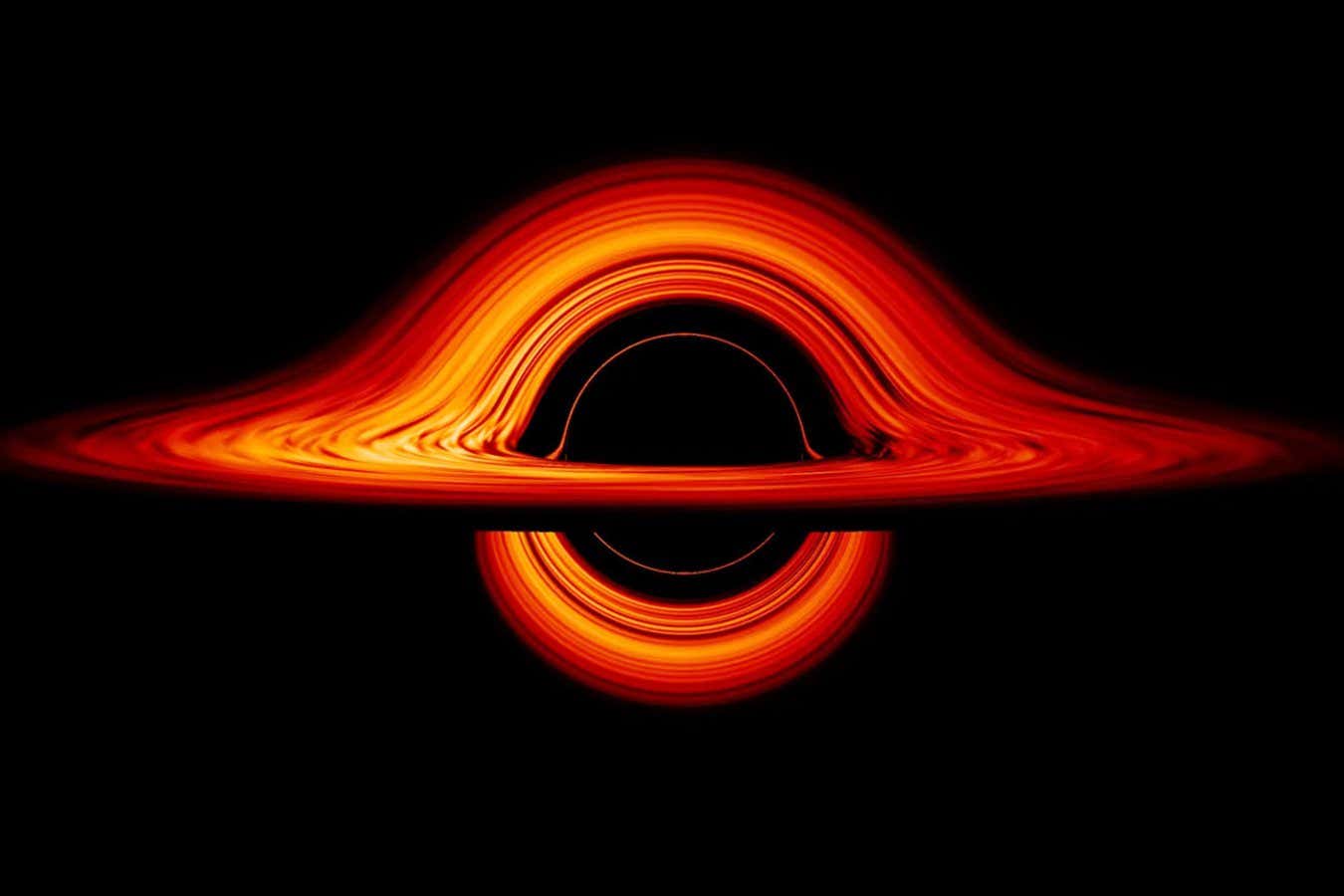
 Science & Environment1 day ago
Science & Environment1 day agoHow the weird and powerful pull of black holes made me a physicist
-
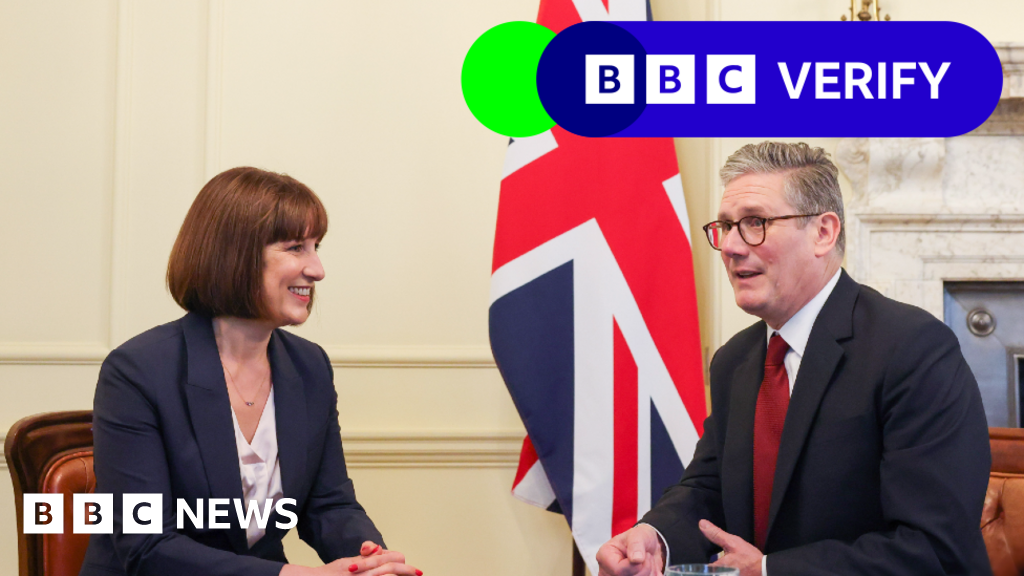
 Politics23 hours ago
Politics23 hours agoIs there a £22bn ‘black hole’ in the UK’s public finances?
-

 Science & Environment23 hours ago
Science & Environment23 hours agoX-ray laser fires most powerful pulse ever recorded
-

 Science & Environment23 hours ago
Science & Environment23 hours agoWhat are fractals and how can they help us understand the world?
-

 Science & Environment23 hours ago
Science & Environment23 hours agoHow indefinite causality could lead us to a theory of quantum gravity

You must be logged in to post a comment Login